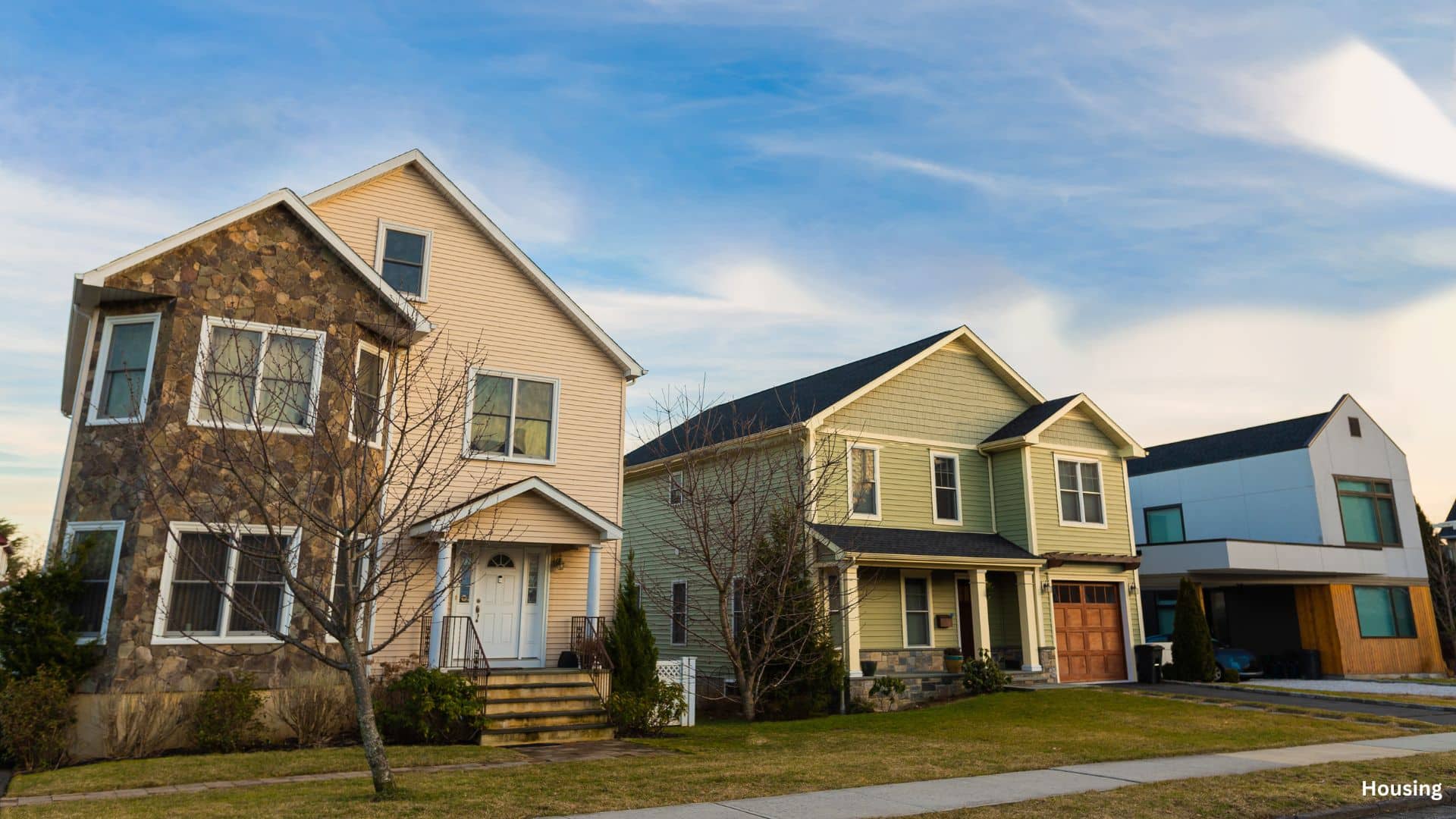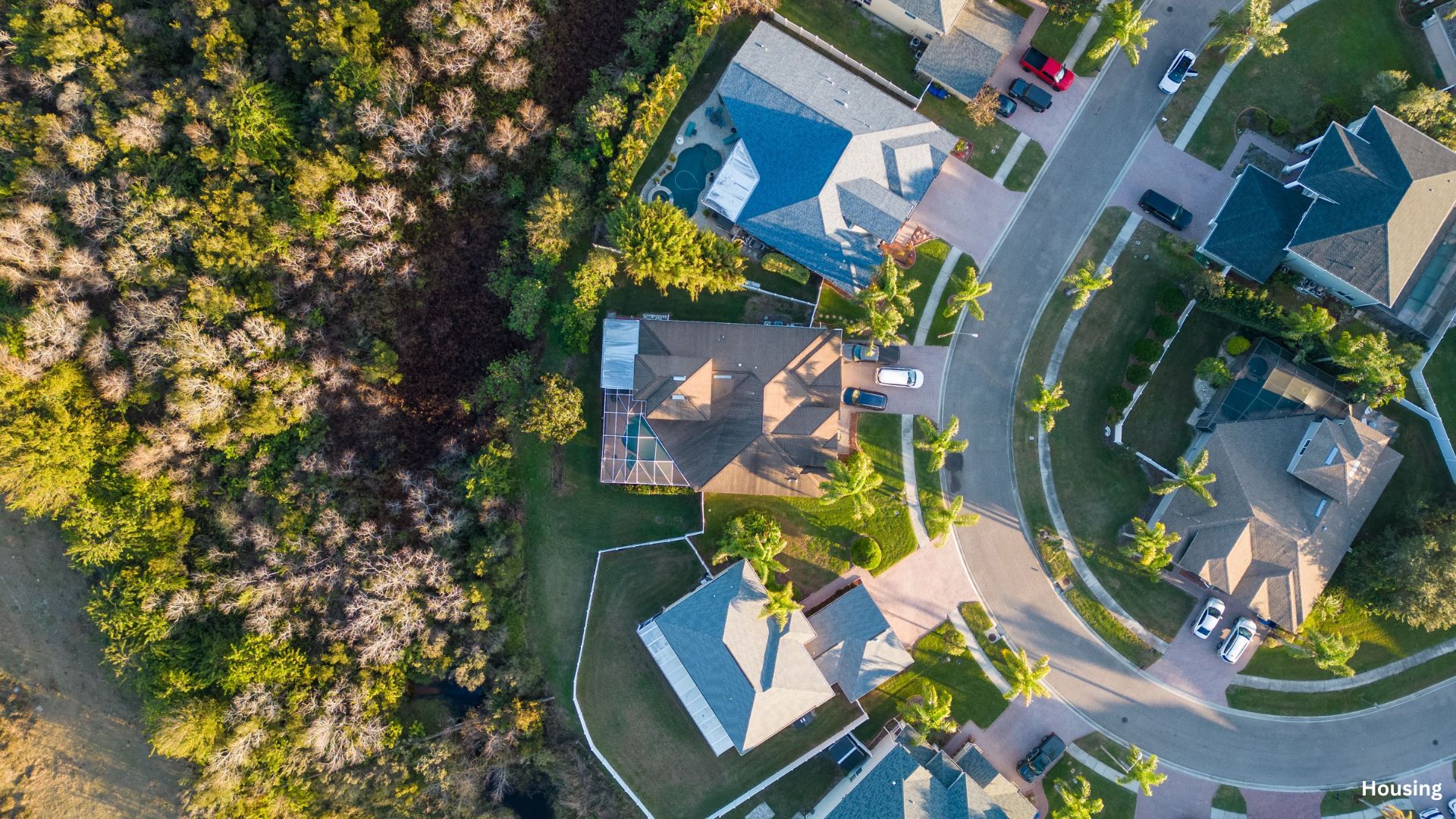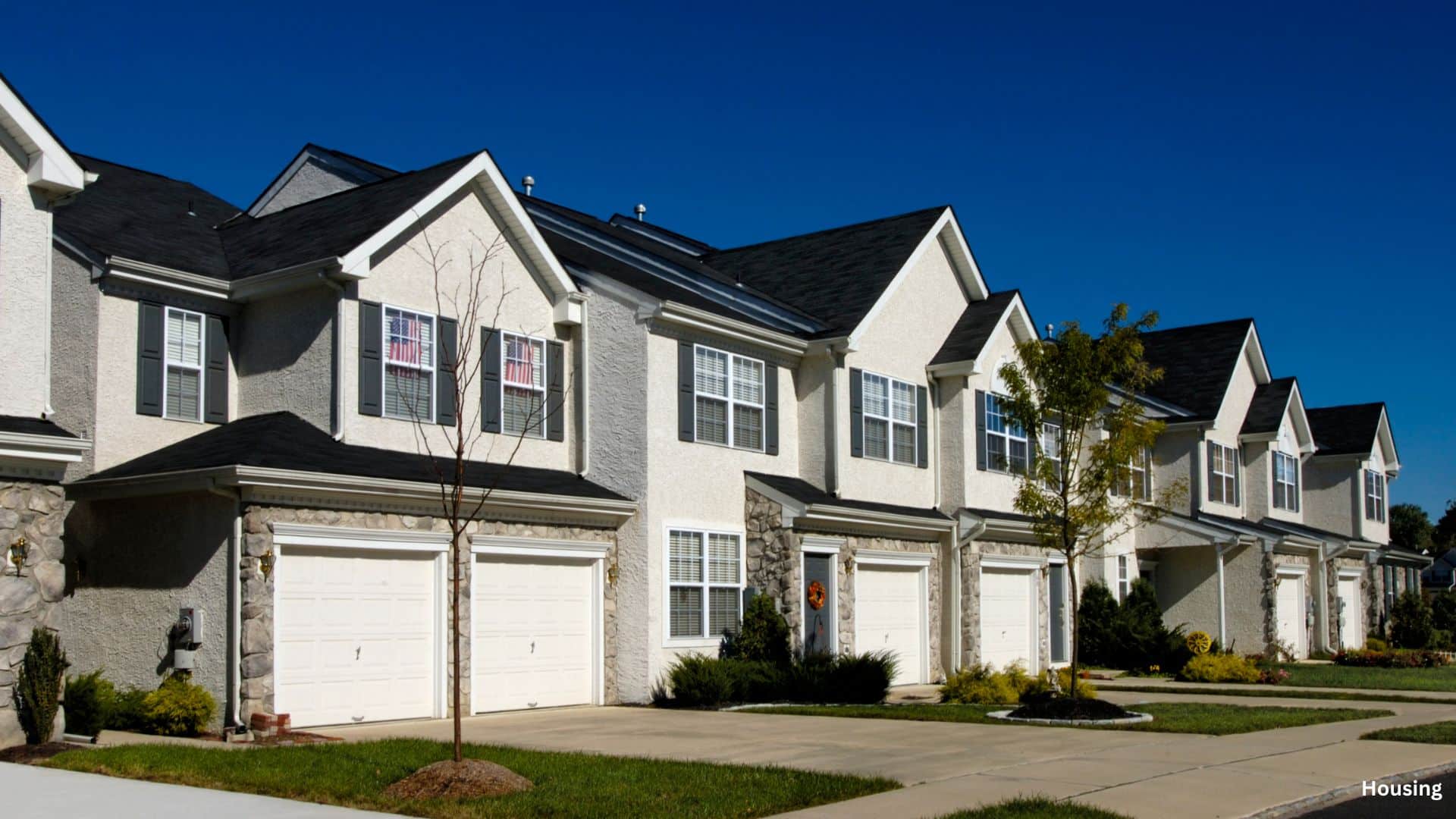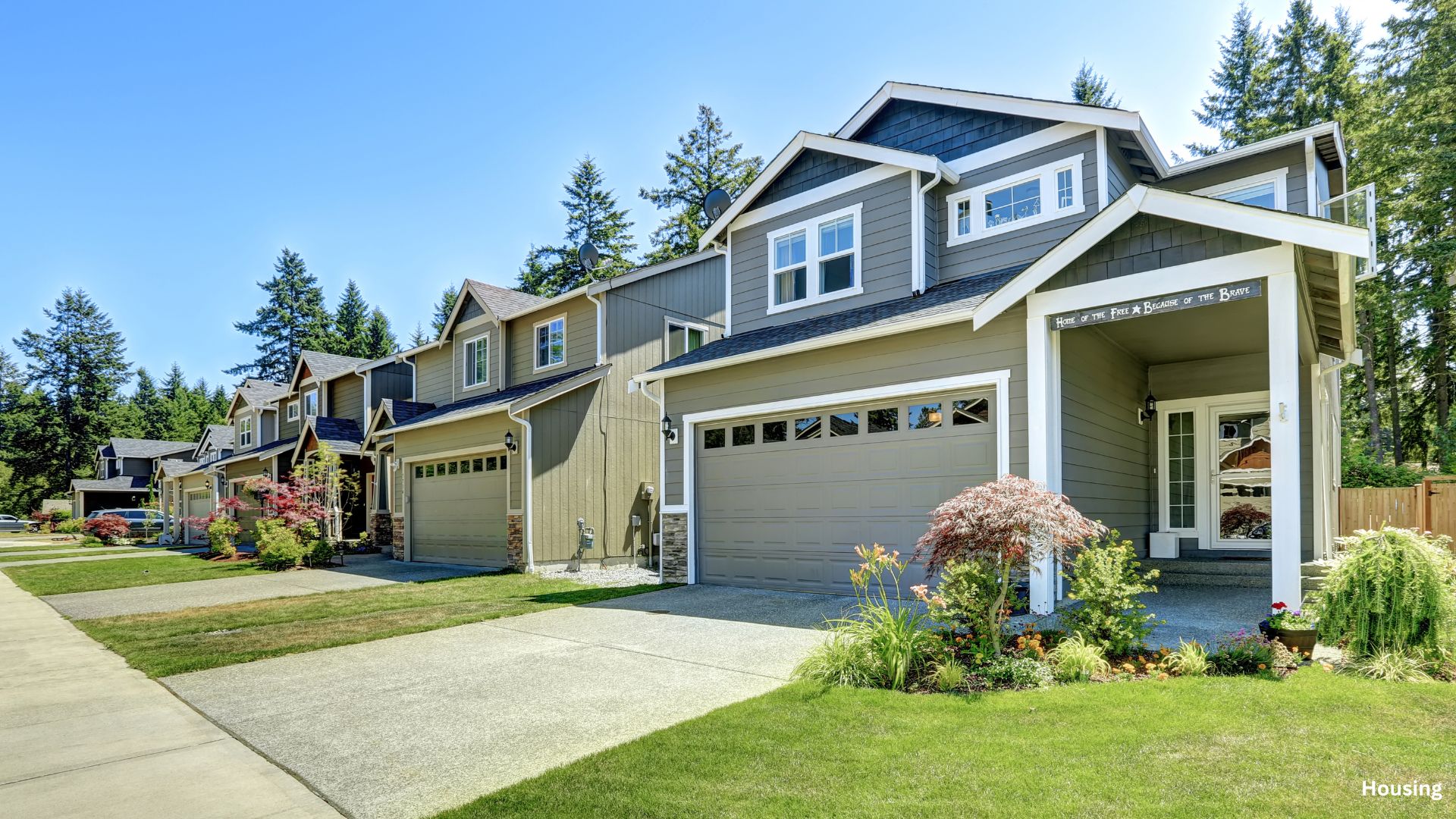The housing market vicious cycle is a growing crisis in the U.S., where rising costs, regulatory burdens, and dwindling housing stock are pushing the dream of homeownership further out of reach for millions. Laura Escobar, president of Lennar Mortgage, recently addressed this issue at the Mortgage Bankers Association conference, warning that “we’re on the verge of a vicious cycle, in which fewer and fewer people can afford the American dream of homeownership.” This cycle isn’t just troubling for prospective buyers—it’s a concerning trend that has far-reaching implications for the American economy and social fabric.

The Roots of the Housing Market Vicious Cycle
One of the key drivers of this cycle is the combination of skyrocketing home prices and rising mortgage rates. Escobar noted that the average rate on a 30-year mortgage is nearing 7%, a level not seen in decades. These high rates, coupled with soaring property prices, have made homeownership unattainable for many. Another factor is the severe housing shortage; the U.S. is short by an estimated 1.5 million homes, meaning the current housing supply cannot meet the growing demand.
Beyond high prices and limited availability, regulatory issues also play a significant role. Escobar pointed out that government regulations add an average of $94,000 to the cost of a new home, making it increasingly difficult for small builders to bring new properties to market. These regulations include zoning laws that restrict development, particularly in areas zoned exclusively for single-family homes, which account for about 75% of residential land in the country. This restrictive zoning not only limits housing options but also drives up costs, deepening the vicious cycle in the housing market.

Why Affordable Housing is Elusive
The term “affordability” is often discussed in political circles, but according to Escobar, it’s time for action rather than rhetoric. She stressed the need for policymakers to shift from merely talking about housing affordability to actually implementing policies that promote it. The Lennar Mortgage executive is actively working to push for regulatory reforms that would ease the constraints on builders, aiming to increase housing supply and lower prices. She believes that decades of over-regulation have made it nearly impossible for small builders to thrive, exacerbating the inventory shortage and pricing issues.
The inventory crunch is further worsened by increased costs in labor and materials, which have surged by 31% since the onset of the COVID-19 pandemic. These additional expenses for builders ultimately trickle down to buyers, making the homes that do reach the market more expensive than ever. When fewer homes are available at affordable prices, potential homeowners are forced to remain renters, which in turn drives up rental costs and limits overall economic mobility.

Breaking the Cycle: Potential Solutions
Addressing the housing market vicious cycle requires a multi-faceted approach. Some proposed solutions include loosening zoning restrictions, streamlining regulatory requirements, and incentivizing builders to create affordable housing options. Escobar emphasized the importance of bringing these concerns to lawmakers, advocating for changes that would allow developers to meet demand effectively without incurring prohibitive costs.
Increasing housing stock is essential to easing the vicious cycle. Not only would a greater supply of homes bring down costs, but it would also enable more Americans to achieve homeownership, fostering greater economic stability. As Escobar noted, the American dream of owning a home is under threat, and to reverse the cycle, it’s imperative that policymakers commit to practical solutions that go beyond temporary relief measures.

The Urgency of Addressing the Housing Market Vicious Cycle
The housing market vicious cycle is a critical issue that affects more than just prospective homeowners—it impacts economic mobility, community stability, and long-term financial security. As Laura Escobar highlighted, this is a problem that calls for immediate attention and action. Without significant policy changes and a commitment to increasing housing affordability, this cycle will continue to deepen, leaving homeownership out of reach for many Americans and posing broader economic risks. Escobar’s message is clear: it’s time to stop talking about affordability and start delivering real solutions.








